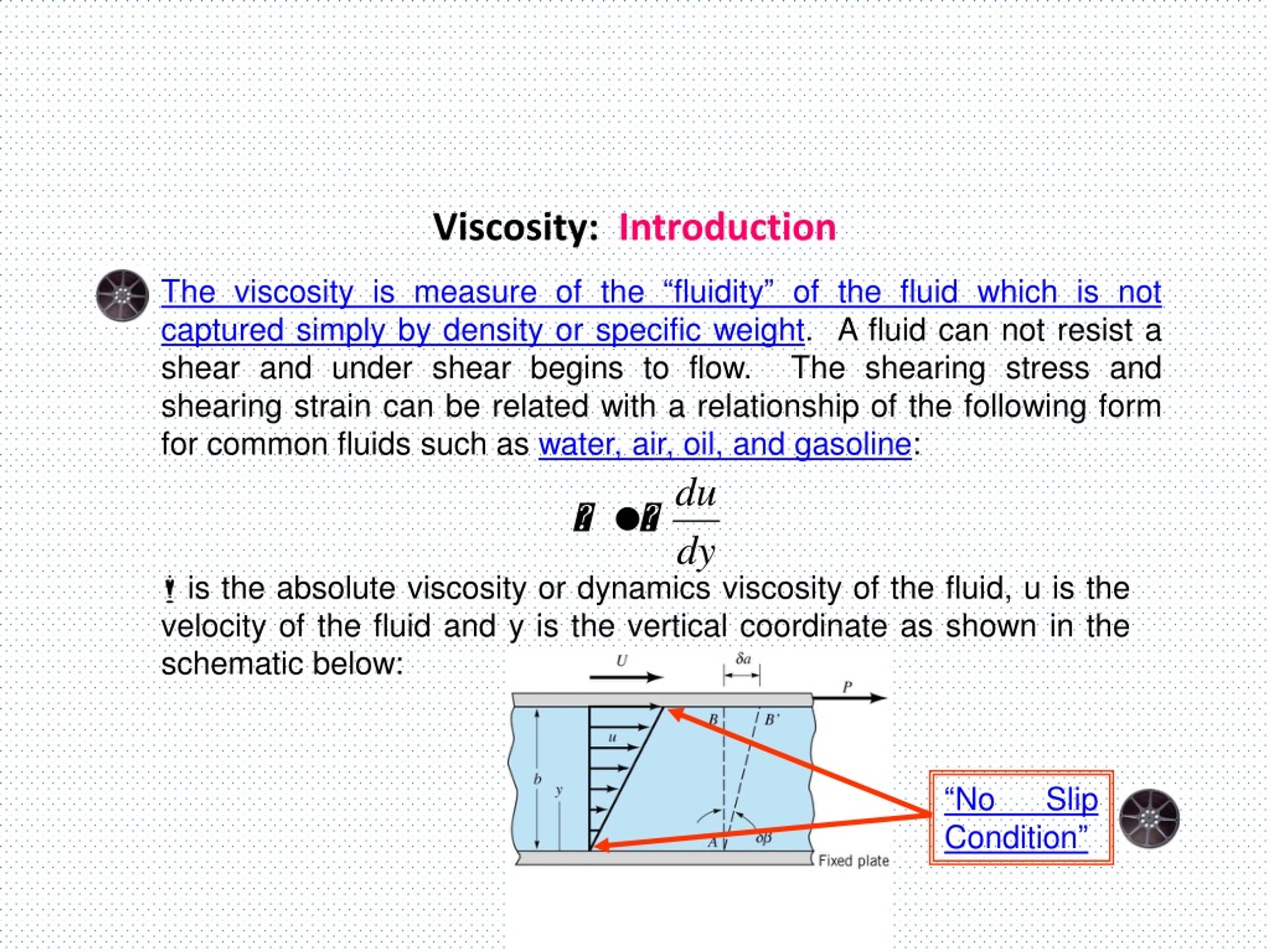

A magnetorheological fluid is a type of "smart fluid" which, when subjected to a magnetic field, greatly increases its apparent viscosity, to the point of becoming a viscoelastic solid. A Bingham plastic is a material that behaves as a solid at low stresses but flows as a viscous fluid at high stresses.Ħ. Rheopectic : It is the rare property of some non-Newtonian fluids to show a time-dependent change in viscosity the longer the fluid undergoes shearing force ( shaken, agitated, or otherwise stressed) the higher its viscosityĥ. Shear thinning liquids are very commonly, but misleadingly, described as thixotropic.Ĥ. Thixotropic : It is the property of certain gels or fluids that are viscous under normal conditions, but become thin, less viscous and flow over time when shaken, agitated, or otherwise stressed. Shear thinning : viscosity of the substance decreases with the shear rate is increased.ģ. Shear thickening : viscosity of the substance increases with the shear rate is increased.Ģ. There are several types of non-Newtonian flow behavior, characterized by the way a fluid's viscosity changes in response to variations in shear rate.ġ. Non-Newtonian fluids exhibit a more complicated relationship between shear stress and velocity gradient than simple linearity. The viscosity of non-Newtonian fluids changes as the shear rate is varied. Most commonly the viscosity of non-Newtonian fluids is dependent on shear rate or shear rate history. Generally speaking, a non-Newtonian fluid is defined as one in which the relationship between shear stress and shear rate (S/R) is not constant. For a Newtonian fluid, the viscosity depends only on temperature and pressure not on the forces acting upon it if the fluid is a pure substance or else it will also be influenced by the chemical composition if it is not a pure substance.Ī non-Newtonian fluid is a fluid whose flow properties differ in any way from those of Newtonian fluids. Skim milk and whole milk do not differ appreciably from Newtonian behavior. Gases, pure liquids, and solutions of materials of low molecular weight exhibit behavior of this type. Other examples may be aqueous solutions, emulsions. For example, water is Newtonian, because it continues to exemplify fluid properties no matter how fast it is stirred or mixed. In common terms, this means the fluid continues to flow, regardless of the forces acting on it. Newtonian fluid is the fluid in which the viscosity remains constant for all rates of shear if constant conditions of temperature and pressure are maintained. Thus there exist a number of forms of viscosity:įluids for which the viscosity coefficient depends only on temperature and pressure and is independent of the rate of shear are called " Newtonian". Newton's law of viscosity is not a fundamental law of nature but an approximation that holds in some materials and fails in others.

It is more commonly expressed as centi poise (cP) The c.g.s physical unit for dynamic viscosity is the poise. The SI physical unit of dynamic viscosity is the pascal-second (Pa The usual symbol for dynamic viscosity is the Greek letter μ. In such fluids the shear rate is then equal to the velocity gradient G which is perpendicular to the direction of flow. Viscosity is also defined as ratio of shearing stress (S) to the shear rate which pertains to simple shear flow (i.e. Viscosity of liquids can be defined as the resistance of a liquid to the motion of its layers relative to one another. In others words it could simply be defined as the resistance of liquid to flow or pour, meaning the less viscous the fluid is, the greater its ease of movement or fluidity. Thus, water is "thin", having a lower viscosity, while milk is "thick", having a higher viscosity. In simple terms taking example of fluids, viscosity is termed as "thickness" or "internal friction". Viscosity is a measure of the resistance of a fluid which is being deformed by either shear or tensile stress. Therefore it is necessary to have some knowledge about this property of fluids and it is also necessary for designing various equipment of the milk processing.ĩ.2 Definition of Viscosity and its Units

Moreover, the nature, concentration and type of milk components have a direct bearing on the viscosity. Viscosity is influenced by temperature and pressure exerted in the system. Viscosity is an important physical property of fluids. VISCOSITY, NEWTONIAN, AND NON-NEWTONIAN BEHAVIOR OF FLUIDS


 0 kommentar(er)
0 kommentar(er)
